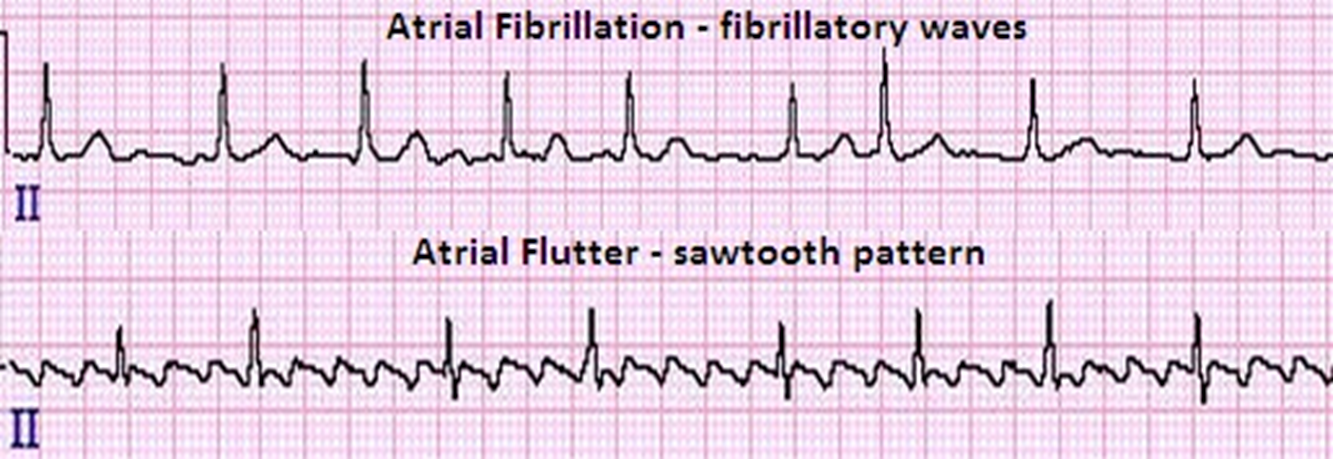A patient with angina pectoris is experiencing chest pain at rest and needs to take three nitroglycerin (NTG) pills to relieve the pain. What should the nurse consider this as a major symptom of?
Stable angina
Full-blown acute myocardial infarction (MI)
Unstable angina
Pulmonary embolus .
The Correct Answer is C
Choice A rationale
Stable angina is characterized by chest pain that occurs with exertion and is relieved by rest. If a patient with angina pectoris is experiencing chest pain at rest and needs to take three nitroglycerin pills to relieve the pain, this is not typical of stable angina.
Choice B rationale
A full-blown acute myocardial infarction (MI), or heart attack, typically presents with severe chest pain, shortness of breath, and other symptoms. While chest pain at rest could be a symptom of an MI, other symptoms would likely be present.
Choice C rationale
Unstable angina is characterized by chest pain that occurs at rest, is severe and prolonged, and is not relieved by nitroglycerin. Therefore, a patient with angina pectoris who is experiencing chest pain at rest and needs to take three nitroglycerin pills to relieve the pain could be experiencing unstable angina.
Choice D rationale
Pulmonary embolus, a blockage in one of the pulmonary arteries in the lungs, typically presents with sudden-onset shortness of breath, chest pain that may become worse upon deep breathing or coughing, and other symptoms. Chest pain at rest could be a symptom of a pulmonary embolus, but other symptoms would likely be present.
Nursing Test Bank
Naxlex Comprehensive Predictor Exams
Related Questions
Correct Answer is B
Explanation
Choice A rationale: Adenosine Adenosine is a naturally occurring substance that relaxes and dilates blood vessels. It also affects the electrical activity of the heart. Adenosine is used to help restore normal heartbeats in people with certain heart rhythm disorders. However, it is not typically used for atrial fibrillation.
Choice B rationale: Diltiazem Diltiazem belongs to a class of medications called calcium-channel blockers. It works by relaxing the blood vessels so the heart does not have to pump as hard. Diltiazem also increases the supply of blood and oxygen to the heart. It is used in adults alone or in combination with other medications to treat hypertension (high blood pressure) or symptoms of angina (chest pain). Diltiazem injection is used in adults to treat certain heart rhythm disorders such as atrial fibrillation.
Choice C rationale: Atropine Atropine is a tropane alkaloid and anticholinergic medication used to treat certain types of nerve agent and pesticide poisonings as well as some types of slow heart rate, and to decrease saliva production during surgery. However, it is not typically used for atrial fibrillation.
Choice D rationale: Captopril Captopril is used in adults alone or in combination with other medications to treat high blood pressure (hypertension) and congestive heart failure.
Captopril is also used to improve survival and reduce the risk of heart failure after a heart attack in patients with a heart condition called left ventricular hypertrophy (enlargement of the walls of the left side of the heart)4. However, it is not typically used for atrial fibrillation.

Correct Answer is D
Explanation
Choice A rationale
Serum hemoglobin of 14.7 g/dL is within the normal range for adults, which is typically 12.0 to
16.0 g/dL for women and 13.5 to 17.5 g/dL for men. Hemoglobin is a protein in red blood cells that carries oxygen throughout the body. While it’s important to monitor hemoglobin levels, a value of 14.7 g/dL does not raise immediate concerns related to hypertension.
Choice B rationale
A blood glucose level of 96 mg/dL is considered normal. The normal range for fasting blood glucose is between 70 and 100 mg/dL1. Blood glucose levels are important to monitor, especially in patients with diabetes, but a value of 96 mg/dL is not immediately concerning in the context of hypertension.
Choice C rationale
A serum potassium level of 4.5 mEq/L is within the normal range, which is typically 3.6 to 5.2 mEq/L1. Potassium is an essential electrolyte that helps regulate heart and muscle contractions and maintain fluid balance in the body. While it’s important to monitor potassium levels, a value of 4.5 mEq/L does not raise immediate concerns related to hypertension.
Choice D rationale
A serum creatinine level of 2.8 mg/dL is high. Creatinine is a waste product that’s produced by your muscles and filtered out of your blood by your kidneys. High levels of creatinine can indicate that the kidneys aren’t working properly, which can be a complication of hypertension. Therefore, this result is the most important to communicate to the healthcare provider.
Whether you are a student looking to ace your exams or a practicing nurse seeking to enhance your expertise , our nursing education contents will empower you with the confidence and competence to make a difference in the lives of patients and become a respected leader in the healthcare field.
Visit Naxlex, invest in your future and unlock endless possibilities with our unparalleled nursing education contents today
Report Wrong Answer on the Current Question
Do you disagree with the answer? If yes, what is your expected answer? Explain.
Kindly be descriptive with the issue you are facing.
